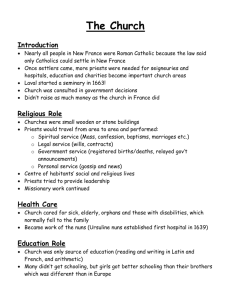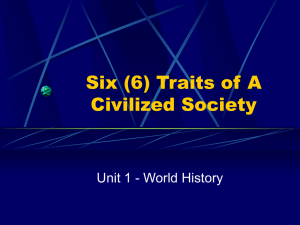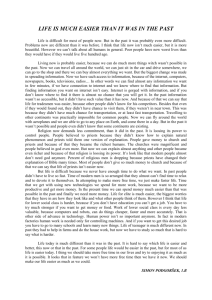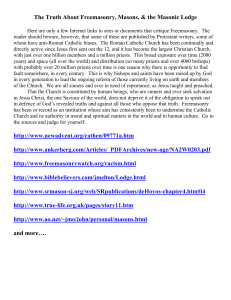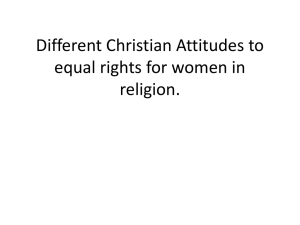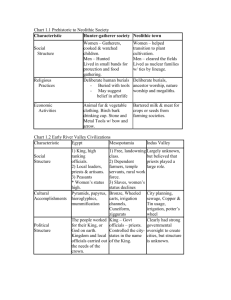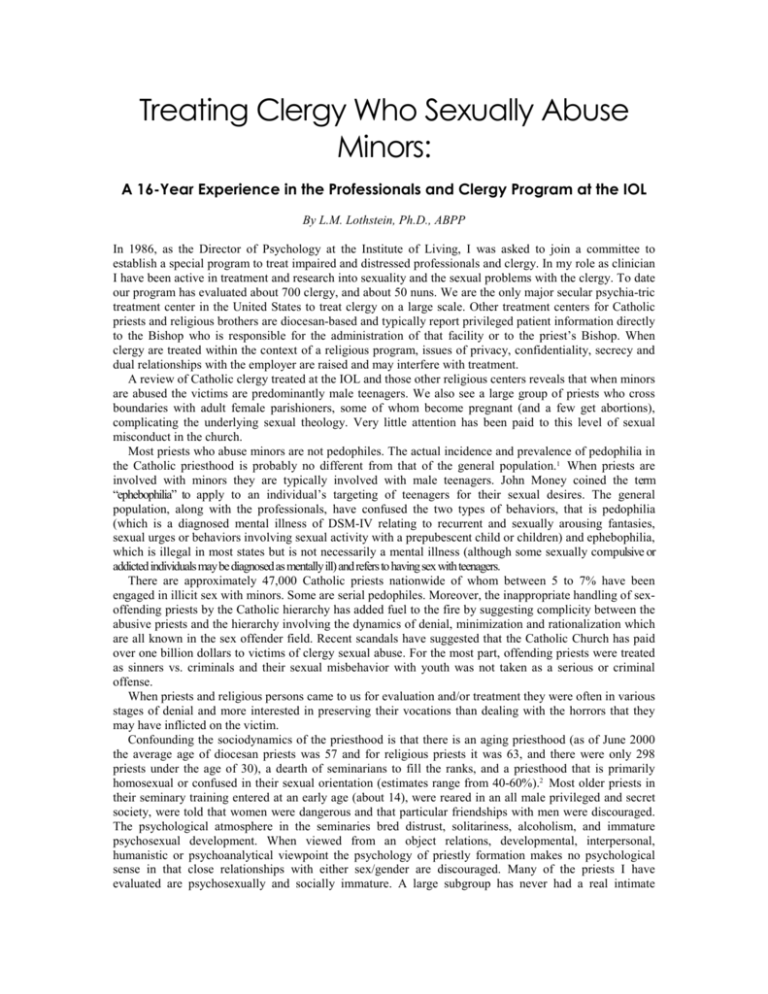
Treating Clergy Who Sexually Abuse
Minors:
A 16-Year Experience in the Professionals and Clergy Program at the IOL
By L.M. Lothstein, Ph.D., ABPP
In 1986, as the Director of Psychology at the Institute of Living, I was asked to join a committee to
establish a special program to treat impaired and distressed professionals and clergy. In my role as clinician
I have been active in treatment and research into sexuality and the sexual problems with the clergy. To date
our program has evaluated about 700 clergy, and about 50 nuns. We are the only major secular psychia-tric
treatment center in the United States to treat clergy on a large scale. Other treatment centers for Catholic
priests and religious brothers are diocesan-based and typically report privileged patient information directly
to the Bishop who is responsible for the administration of that facility or to the priest’s Bishop. When
clergy are treated within the context of a religious program, issues of privacy, confidentiality, secrecy and
dual relationships with the employer are raised and may interfere with treatment.
A review of Catholic clergy treated at the IOL and those other religious centers reveals that when minors
are abused the victims are predominantly male teenagers. We also see a large group of priests who cross
boundaries with adult female parishioners, some of whom become pregnant (and a few get abortions),
complicating the underlying sexual theology. Very little attention has been paid to this level of sexual
misconduct in the church.
Most priests who abuse minors are not pedophiles. The actual incidence and prevalence of pedophilia in
the Catholic priesthood is probably no different from that of the general population.1 When priests are
involved with minors they are typically involved with male teenagers. John Money coined the term
“ephebophilia” to apply to an individual’s targeting of teenagers for their sexual desires. The general
population, along with the professionals, have confused the two types of behaviors, that is pedophilia
(which is a diagnosed mental illness of DSM-IV relating to recurrent and sexually arousing fantasies,
sexual urges or behaviors involving sexual activity with a prepubescent child or children) and ephebophilia,
which is illegal in most states but is not necessarily a mental illness (although some sexually compulsive or
addicted individuals may be diagnosed as mentally ill) and refers to having sex with teenagers.
There are approximately 47,000 Catholic priests nationwide of whom between 5 to 7% have been
engaged in illicit sex with minors. Some are serial pedophiles. Moreover, the inappropriate handling of sexoffending priests by the Catholic hierarchy has added fuel to the fire by suggesting complicity between the
abusive priests and the hierarchy involving the dynamics of denial, minimization and rationalization which
are all known in the sex offender field. Recent scandals have suggested that the Catholic Church has paid
over one billion dollars to victims of clergy sexual abuse. For the most part, offending priests were treated
as sinners vs. criminals and their sexual misbehavior with youth was not taken as a serious or criminal
offense.
When priests and religious persons came to us for evaluation and/or treatment they were often in various
stages of denial and more interested in preserving their vocations than dealing with the horrors that they
may have inflicted on the victim.
Confounding the sociodynamics of the priesthood is that there is an aging priesthood (as of June 2000
the average age of diocesan priests was 57 and for religious priests it was 63, and there were only 298
priests under the age of 30), a dearth of seminarians to fill the ranks, and a priesthood that is primarily
homosexual or confused in their sexual orientation (estimates range from 40-60%).2 Most older priests in
their seminary training entered at an early age (about 14), were reared in an all male privileged and secret
society, were told that women were dangerous and that particular friendships with men were discouraged.
The psychological atmosphere in the seminaries bred distrust, solitariness, alcoholism, and immature
psychosexual development. When viewed from an object relations, developmental, interpersonal,
humanistic or psychoanalytical viewpoint the psychology of priestly formation makes no psychological
sense in that close relationships with either sex/gender are discouraged. Many of the priests I have
evaluated are psychosexually and socially immature. A large subgroup has never had a real intimate
relationship until after ordination. Taking a vow of celibacy did not serve as a substitute for an internal life
that was psychologically and psychosocially healthy. For many men, after ordination they were placed in
charge of youth ministries where the sexual energy of the youth was intoxicating. In order to treat priests
and religious persons the psychologist must understand how the social ecology of priestly formation
impacts what they bring to psychotherapy.
In the course of my work with clergy I have determined that many of the priests who acted out with
teenage boys were actually heterosexual but acted out with teenage boys opportunistically because they did
not perceive their behavior as threatening their vow of celibacy (not to have sex with a woman or get
married) and allowed for sexual relief. Richard Sipe estimates that from his study of approximately 1,300
Catholic clergy about 2% are actually celibate, another 18% try to be celibate (and occasionally fail) but
that 80% of priests are not sexually chaste or celibate.3
The recent meetings of the Cardinals in Rome in April 2002 pointed to their lack of understanding how
much suffering the victims of clergy abuse experience and how the church’s continued need for secrecy
around sexuality contribute to child sexual abuse. Their conceptualization of the problem was narrowly
defined as how to get errant priests back to a ministry. There is an adversarial atmosphere with “victims” of
clergy abuse seen as exaggerating, distorting, lying about what happened or trying to use “false memory
syndrome” to litigate against the Catholic Church (in some cases this was true). While the NCCB was
initially interested in funding a study on Catholic priests who sexually abused minors, the study was
eventually voted down by the Bishops because they feared that the findings could be discoverable in a court
of law and put them at further financial risk.
As a psychologist I have occasionally been asked to screen seminarians to determine if they are
homosexual. At first I was naive about the openness in which the question was asked. I refused such
referrals and tried to educate the referral sources about diversity, anti-discrimination and that
homosexuality is not a mental illness. While there are whispers from Rome that the current crisis on child
sexual abuse is caused by homosexuals, my research and clinical experience tell me they are wrong.
In order to do an appropriate fitness for duty for seminarians the necessary evaluations would include
lengthy interviewing and testing in order to weed out those individuals who lack the depth of character and
flexibility of personality to manage working in the complex environment of a parish. Moreover, many
clergy have complicated physical illnesses (diabetes, obesity, cardiac disorder, hypertension etc.) and comorbid psychiatric disorders and dual diagnoses that need to be identified and treated. There are no series
of psychological tests to identify which men would make “sexually safe” priests. There are no definitive
psychological tests to identify or diagnose pedophilia or ephebophilia.
As part of the science of sexuality some psychologists use the Able Screen, polygraphy or penile
plethysmography. However, all of these techniques have many serious methodological problems.
Moreover, it is not in the priests’ or the Dioceses’ best interests to tell the truth; thus, any evaluation using
self report measures and transparent tests is questionable.
These are difficult and trying times for the clergy. Impaired and distressed clergy need specialized
treatment paradigms to deal with their complex psychological, medical, social, sexual and spiritual issues.
It has been a rich clinical and personal experience to help priests and clergy who are impaired and
distressed while also raising the bar for public safety.
Evaluating Catholic priests is a unique enterprise for which psychologists are well suited. Our diverse
training in health psychology, psycho- and socio-dynamics, diversity and multicultural perspectives, and
our reliance on interpersonal, object relations, and behavioral and neurobiological theories of development
allows us to have a comprehensive approach to understanding sexual behavior from a larger perspective
than just an illness or criminal model.
Dr. Lothstein is Director of Psychology at The Institute of Living, Hartford Hospital’s Mental Health
Network. He has written and published extensively on deviant sexual behavior.
References
1. Jenkins, P. Pedophiles and Priests: Anatomy of a Contemporary Crisis. Oxford Univ. Press. N.Y. 1996.
2. Sipe, R. Sexuality and The Search for Celibacy. Bruner/Mazel. 1990. Sex, Priests and Power: Anatomy of a Crisis. Bruner/Mazel.
1995.
3. Sipe, op.cit. 1990.



